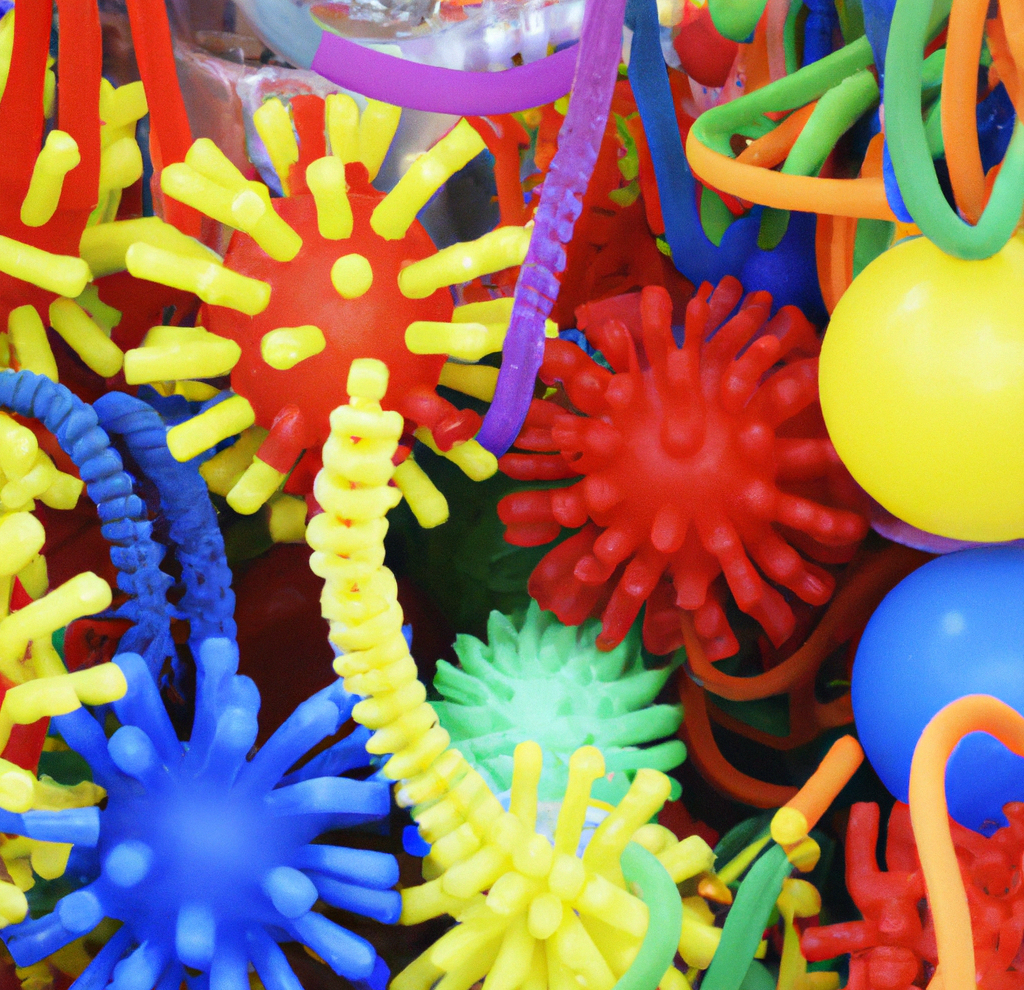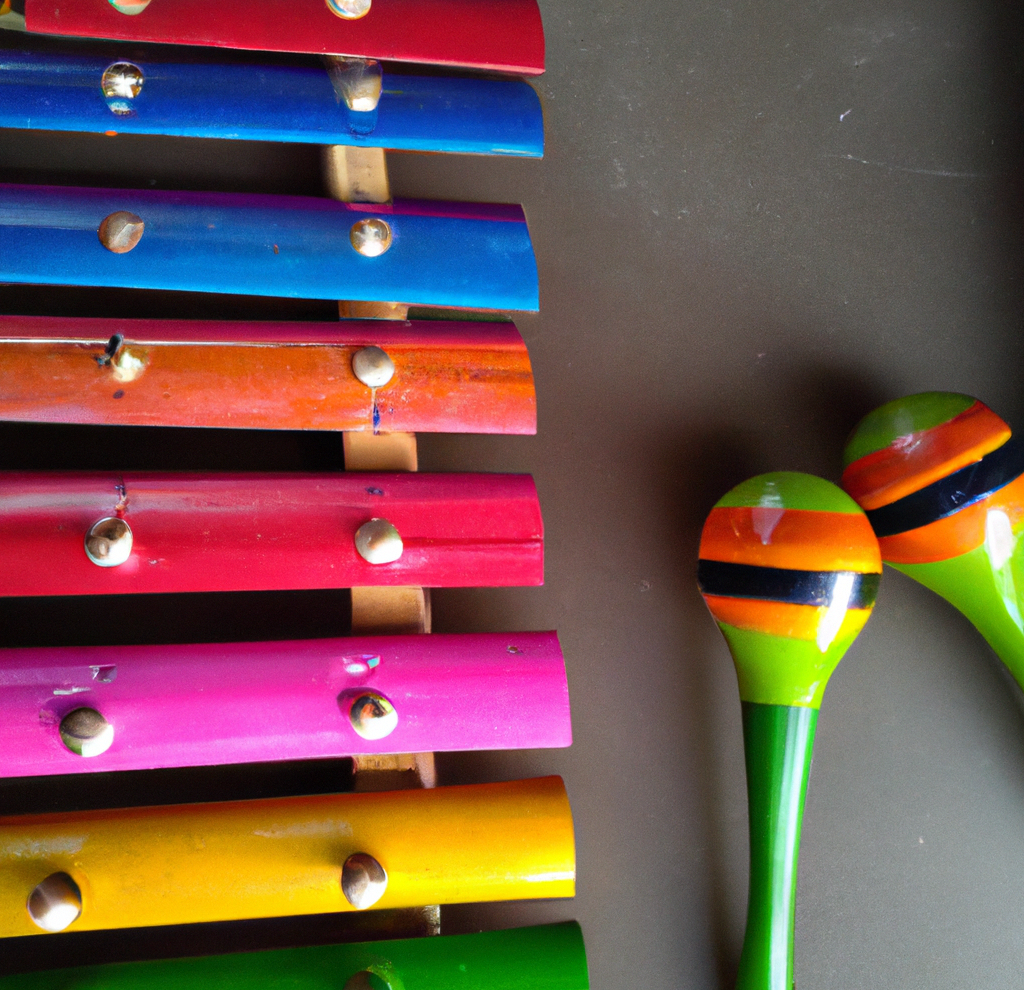In today’s fast-paced world, teaching children the art of mindfulness is like giving them a lifelong gift – a gift that can help them navigate life’s challenges with grace, improve their emotional well-being, and foster a deep connection to the present moment. In this article, we’ll explore what mindfulness is, why it’s important for kids, and provide practical ways to introduce mindfulness into their lives.
Understanding Mindfulness for Kids
Mindfulness is a practice deeply rooted in ancient Eastern philosophies, particularly Buddhism. In recent years, it has gained popularity in the Western world as a powerful tool for reducing stress, enhancing self-awareness, and increasing overall well-being.
At its core, mindfulness is about being fully present in the moment. It involves observing one’s thoughts, emotions, and sensations without judgment. In a child-friendly context, mindfulness can be thought of as “paying attention on purpose.”
Why Mindfulness Matters for Kids
- Stress Reduction: Kids, just like adults, experience stress. Mindfulness helps children manage stress and anxiety by providing them with tools to stay calm and centered.
- Emotional Regulation: Mindfulness teaches kids how to recognize and regulate their emotions. It empowers them to respond to challenging situations with composure and resilience.
- Improved Concentration: In our digital age, kids are often bombarded with distractions. Mindfulness practices can enhance their ability to focus and concentrate, benefiting their academic performance and daily tasks.
- Enhanced Self-Awareness: Mindfulness encourages self-reflection, helping children understand their thoughts and feelings better.
- Empathy and Compassion: By fostering a deep connection to their own emotions, mindfulness also promotes empathy and compassion for others.

Practical Ways to Introduce Mindfulness to Kids
Breathing Exercises: Teach children simple breathing exercises. For instance, have them take a few deep breaths and count to three as they inhale and exhale.
Mindful Coloring: Coloring books designed for mindfulness can be a fun and engaging way for children to practice being present and focused.
Nature Walks: Take kids on nature walks and encourage them to observe the sights, sounds, and smells around them. This fosters an appreciation for the beauty of the natural world.
Mindful Eating: Encourage kids to eat mindfully by paying attention to the flavors, textures, and smells of their food. This practice can also promote healthier eating habits.
Guided Imagery: Share guided imagery exercises with children, guiding them through mental journeys to peaceful and calming places.
Yoga and Movement: Introduce kids to child-friendly yoga and movement exercises that promote body awareness and relaxation.
Mindful Storytelling: Read stories that incorporate mindfulness themes. Afterward, discuss the story and ask kids how they felt during certain parts.
Teaching Mindfulness to Kids
Model Mindfulness: Children learn by example. Model mindfulness in your own life, and share your experiences and observations with them.
Create a Routine: Establish a daily or weekly mindfulness routine as a family. This could be as simple as a few minutes of mindful breathing before bedtime.
Encourage Questions: Be open to your child’s questions about mindfulness. Encourage them to ask, share, and discuss their experiences.
Be Patient: Remember that mindfulness is a skill that develops over time. Be patient and supportive as your child explores and practices mindfulness.


